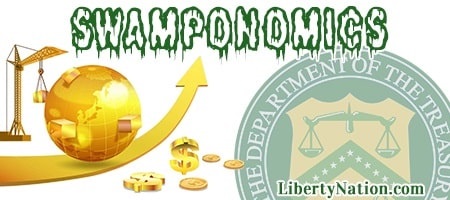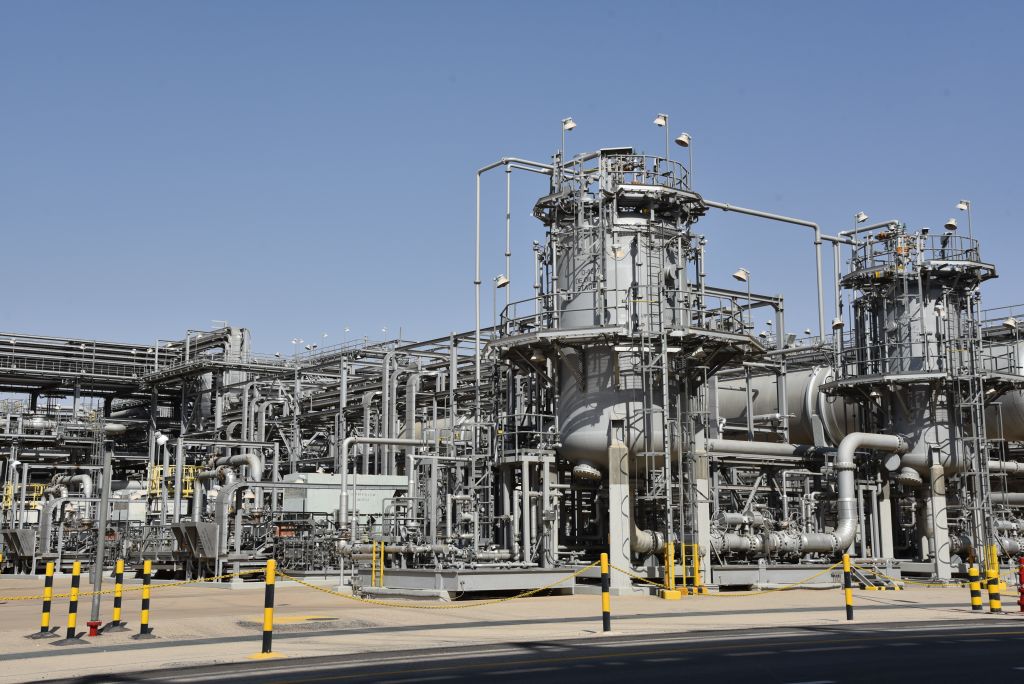Does China have beef with Apple? The Chinese government caused the tech titan to eliminate $200 billion of its market valuation in just two sessions. While this appears to be a considerable number on the surface, it pales in comparison to the astronomical $2.77 trillion Apple is worth. Beijing might not identify Tim Cook as an enemy, but President Xi Jinping and his merry men of the Chinese Communist Party continue to stick it to the United States and light a spark of uncertainty in the global economy.
China Bites the Apple
The Wall Street Journal sent traders into panic mode after it reported that China banned government workers from using Apple’s iPhones as their work devices. This might not seem like a significant deal for the trillion-dollar juggernaut, but it was a notable development for a few reasons. First, 1% of the Chinese population is employed by the state. Second, 20% of Apple’s revenues are generated in the world’s second-largest economy. Third, China is an imperative consumer market and manufacturing base for the tech behemoth. So even a hint of the unknown can send the equities arena and tech world into a frenzy, which is precisely what happened.
Apple’s suppliers suffered a hit on the news. Taiwanese camera lens maker Largan Precision saw its shares tank by 4% in the past trading week. The ever-important Taiwan Semiconductor Manufacturing (TSMC) slumped by around 2% in the last five sessions. The tech-heavy Nasdaq Composite Index also tumbled close to 2% to finish the trading week.
Meanwhile, the White House has been slow to respond. Administration officials have either told the press to contact Chinese officials or that they did not have enough information to speak on the matter. The perceived indifference can only make Xi Jinping chuckle because the paucity of response and the growth of Huawei could further accelerate the nation’s attempts to reduce its dependence on foreign technology and enhance its presence in the technology sector.
 So far, a chorus of market analysts has not been worried. Some assert there will likely be mixed use of the mobile devices: Huawei for work and the iPhone for leisure. Others think this is overblown since Apple is one of the most successful brands in the world. That said, there are concerns that this could spread to other firms and sectors and potentially leave Corporate America vulnerable to being blacklisted by the red dragon. In the end, some might view it as payback after Washington restricted Huawei, TikTok, and ZTE.
So far, a chorus of market analysts has not been worried. Some assert there will likely be mixed use of the mobile devices: Huawei for work and the iPhone for leisure. Others think this is overblown since Apple is one of the most successful brands in the world. That said, there are concerns that this could spread to other firms and sectors and potentially leave Corporate America vulnerable to being blacklisted by the red dragon. In the end, some might view it as payback after Washington restricted Huawei, TikTok, and ZTE.
Saudi Arabia Laughs at Joe Biden
Do you hear that? It is the giant sucking sound in your wallet as higher energy prices imbibe your money.
US crude oil prices have been heading toward $90 a barrel on the New York Mercantile Exchange, while Brent, the international benchmark for oil prices, is already above this threshold. Why? What happened?
Saudi Arabia announced on Sept. 5 that it would be extending its voluntary production cut of one million barrels per day for the rest of the year. After applying this reduction in July, Riyadh extended it twice, with officials attempting to install a price floor for Texas tea. The Kingdom will produce approximately nine million barrels a day in October, November, and December.

(Photo by Hu Guan/Xinhua via Getty Images)
The Saudis have been warning for the past year that there was a noticeable gap between the paper and physical markets, with one energy official telling global financial markets to bet against crude because they will feel the “pain.” A few months later, the shorts are being burned alive.
What’s worse is that Russia also extended its output decline of 300,000 barrels per day through the end of 2024. Alexander Novak, Russia’s deputy prime minister and former energy minister, further confirmed that exports would be trimmed after lowering shipments by 500,000 barrels per day in August and 300,000 barrels a day in September.
So, is $100 oil and $4 gasoline on the horizon? There is very little reason to believe any respite is coming.
A Tale of Two Forecasts
Is the US economy bracing for a stellar third quarter? A glance at the latest data suggests that it should be shaping up to be an abysmal July-September period. Inflation is reaccelerating, industrial and manufacturing production has been mediocre, the labor market is cooling, housing activity is stalling, and the various purchasing managers’ index (PMI) readings are slowing. But two metrics offer a tale of two economic landscapes.
The Federal Reserve Bank of Atlanta’s widely watched GDPNow Model estimate anticipates 5.6% growth in the three months ending in September. The New York Fed’s Nowcast, which was only recently relaunched after a two-year hiatus, expects a 2.25% third-quarter print by the Bureau of Economic Analysis. Which regional central bank gauge will be accurate? The country still has many more statistics to comb through, but one thing is sure: Whatever is reported will be revised downward, as has been the case all year long!

